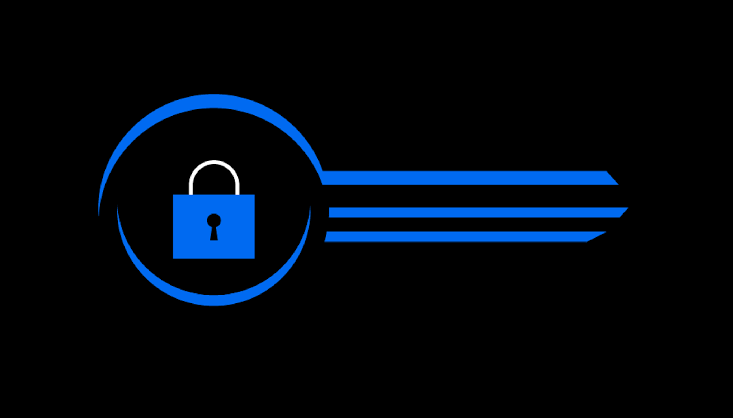Make an encrypted offline copy of your crypto wallet’s private keys on a hardware wallet or write them down on paper for safekeeping.
Securing one’s digital assets is essential in the quickly changing world of cryptocurrencies. Maintaining a backup of private keys is essential to crypto security. The keys to one’s crypto kingdom are their private keys, and misplacing them can result in an irreversible financial loss.
How private keys are backed up
There are several ways to back up private keys, and each has pros and cons of its own.
1.paper Wallets: One popular way to backup private keys is to use paper wallets, which are physical documents containing a person’s public address and private key. Making a paper wallet offline provides increased security because it can’t be compromised via the internet.However, paper wallets are vulnerable to physical harm, loss, and deterioration over time. Additionally, they complicate routine transactions by requiring the hassle of importing the private key into a digital wallet.
2. Hardware wallets: An additional safe option are hardware wallets, which are real, physical devices designed specifically for safely storing private keys offline. Hardware wallets offer higher security and are impervious to malware and computer infections.
They are easy to use and accept a wide range of cryptocurrencies. Though they are more robust than paper wallets, there is still a chance of damage, loss, or theft, even if they are a one-time expense.
3.Encrypted digital file: Another common technique involves storing private keys as an encrypted digital file on an external storage device, such as an external hard drive or USB drive. This method is not only practical, but it can also be encrypted for added security. However, there’s also a risk of data corruption and digital theft, so encryption and regular backups are crucial.
4.Encrypted cloud storage: Another method is to use encrypted cloud storage services. The cloud is a secure place to store encrypted private keys that can only be accessed with a strong passphrase. This method often includes automated backup features and can be accessed from any location with an internet connection. However, it raises questions about the cloud service provider’s security and reliability, as well as the potential for a data breach in the event that the service is compromised.
Step-by-step guide to recovering a wallet using backed-up private keys
To protect your funds, there are several steps involved in recovering a crypto wallet using backed-up private keys, as explained below:
Step 1. Gathering the necessary items:The things needed for the wallet recovery process must first be obtained. This involves ensuring that the private keys are securely backed up and downloading and having ready for installation the official wallet software.
Step 2.Installing the wallet software:Installing the wallet software is now necessary. To complete the installation process, you should launch the software and follow the on-screen instructions. It is necessary to download the wallet software from the official website in order to reduce security risks.
Step 3: Accessing the wallet: Once the software is installed, open the wallet and search for the feature that permits restoring funds or importing an already-existing wallet. Carefully enter the private key linked to your wallet (and make sure it is accurate) after choosing the “Import Private Key” option.
Step 4. Verifying and Securing: Once the private key is entered, the wallet software searches the blockchain for the corresponding balance. You must verify that the balance shown matches your expectations. For the wallet, you should also implement extra security measures, like setting up a passcode or utilising any other available security features.
Step 5. Backing up and Testing: Once your wallet has been secured and restored, you must create a new backup. Since passwords can change, any modifications should be included in this backup. Nonetheless, since recovery phrases and private keys are essential to the wallet’s security, they shouldn’t be altered in later backups. After that, you should test transactions and ensure that the recovery is successful by sending and receiving a small amount of cryptocurrency from the wallet.
Step 6: Additional security measures:Here, you should consider extra security precautions. This can entail creating frequent backups and, if the wallet supports it, turning on two-factor authentication. Maintaining the security of the funds requires keeping the wallet software updated with the newest security patches and features.


